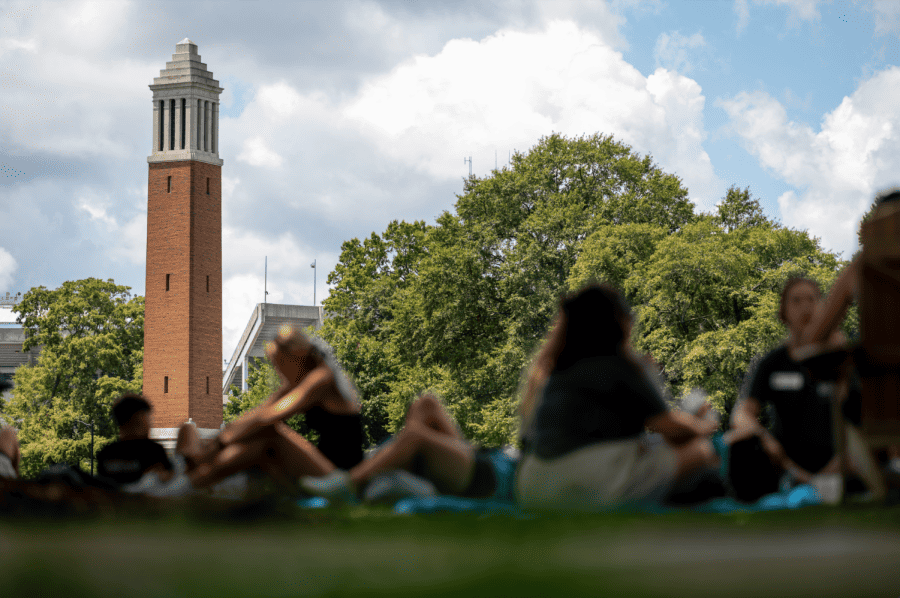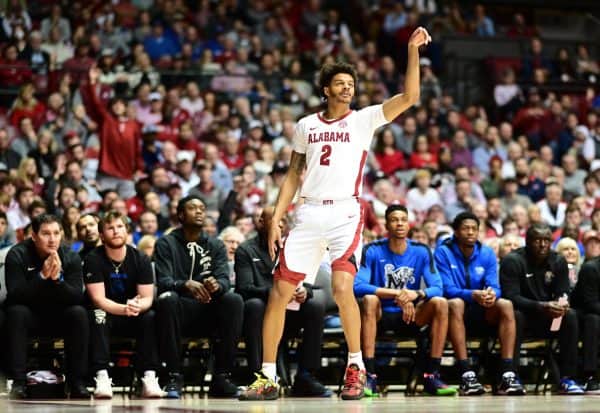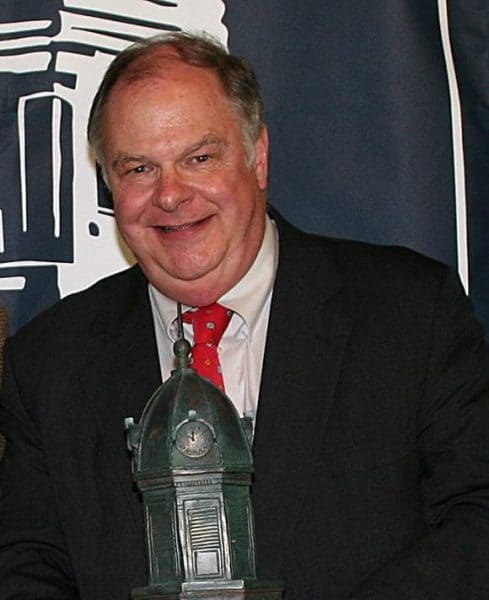Supreme Court rules against Biden’s student debt relief plan
Students talk and study on the Quad in front of Denny Chimes.
June 30, 2023
On Friday, the U.S. Supreme Court struck down the Biden Administration’s federal student loan debt forgiveness initiative.
In a 6-3 decision along party lines, the Supreme Court ruled that the legal authority cited by the Biden Administration and Department of Education were insufficient to enact wide student debt cancellation. Chief Justice John G. Roberts Jr. wrote the majority opinion, in which he estimated that around 43 million borrowers would have received some amount of debt relief.
Biden’s plan contained loan forgiveness for federal student loan debt of up to $20,000 for Pell Grant recipients and $10,000 for non-Pell Grant recipients. Individuals with less than $125,000 in income or $250,000 in household income were eligible for the plan. Former and current students who had held loans since before June 30, 2022, qualified.
The Department of Education’s case for the loan forgiveness cited the authority of the Higher Education Relief Opportunities for Students Act of 2003, which gives the secretary of education the authority to “waive or modify any provision” related to financial aid programs for students in order to mitigate the negative impact of a national emergency.
The plan would have canceled $430 billion in student loan debt, completely erasing the debt of 20 million borrowers.
According to the Institute for College Access and Success, 51% of Alabama college graduates in 2020 had student loan debt.
Data from the National Center for Education Statistics indicates that 35% of undergraduates for the 2021-2022 academic year at The University of Alabama received federal student loans for a total of $66,963,842 borrowed this way.
Other NCES data shows that as of 2020, U.S. students who completed a bachelor’s degree in the 2015-2016 academic year had taken out cumulative loans of $45,300. On average, four years after graduating, these borrowers still owed 78% of the initial amount borrowed.
Those with federally held student loans have seen their payments and interest paused during the pandemic, but that pause is set to expire soon. On Sept. 1 interest will resume, and on Oct. 1 payments will start to be due again.
In a statement addressing the court’s decision, President Biden announced that his administration is developing a new path to provide student debt relief, this time grounded in the Higher Education Act.
“This new path is legally sound. It’s going to take longer, but in my view it’s the best path that remains to providing as many borrowers as possible with debt relief,” Biden said.











